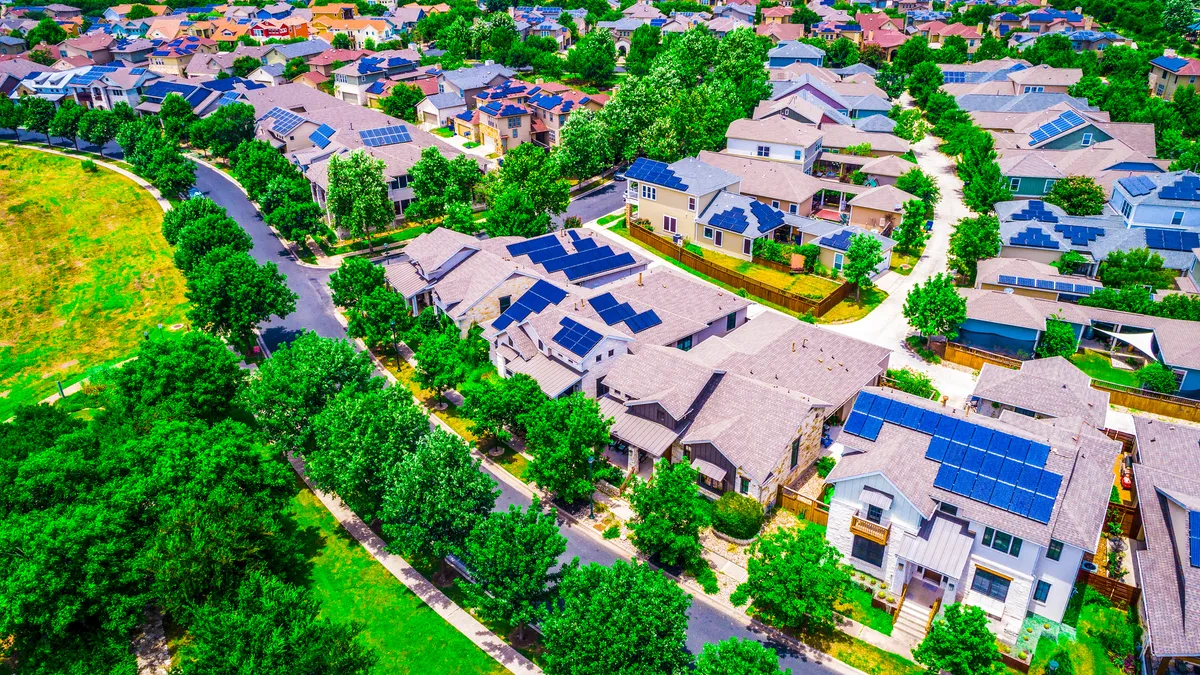Despite “record high” residential electricity prices, customers are not taking advantage of energy management and conservation programs offered by utilities, J.D. Power said in a report published Wednesday.
Only 14% of residential electricity customers participated in one or more energy management programs in 2022, the firm said, citing internal data. Similarly, only 11% took advantage of product rebates and 22% enrolled in pricing programs.
And those participation rates are largely unchanged from 2020 levels, despite electricity bills rising 13.1% on average last year, the report said.
A growing number of customers are seeking assistance paying energy bills, according to the National Energy Assistance Directors Association. And utility arrearages nationally were around $16.6 billon as of Jan. 30, according to the group, which represents the state directors of the federal government’s Low Income Home Energy Assistance Program.
So why aren’t more customers signed up for utility conservation programs?
“The likely driver of these low participation rates is lack of customer awareness,” J.D. Power said. “The nation’s electric utilities have struggled to build awareness for consumer participation in their energy conservation programs.”
Some utilities are finding success, but they are in the minority, according to the report. Utilities with clear sustainability goals, defined plans and support from customers tend to have higher program participation. “These examples are rare, however, and the vast majority of electric utilities and utility customers are largely in the dark on sustainability and energy conservation initiatives,” J.D. Power said.
Time-of-use rates, which encourage shifting electricity use outside of peak demand times, could be one way to engage customers to participate. But J.D. Power’s report warns there are potential implications for satisfaction levels, if customers are forced to switch or do not understand the new pricing structure.
Ultimately, utilities must “make it easy” for customers to participate in energy savings programs, the report said. “Far too often, products and services that are required to meet clean energy goals are designed to make things easy for the utility, not necessarily easy for the consumer.”














